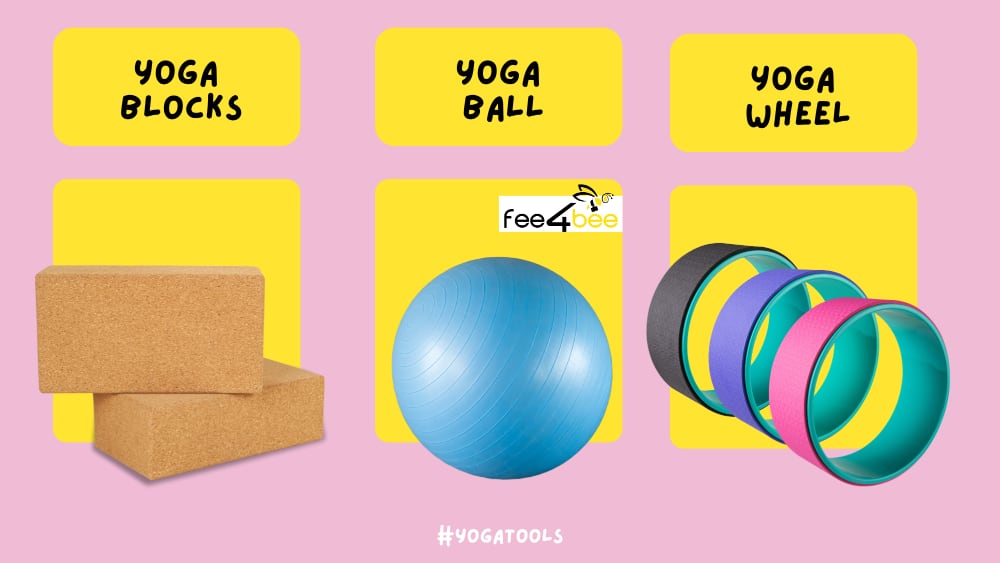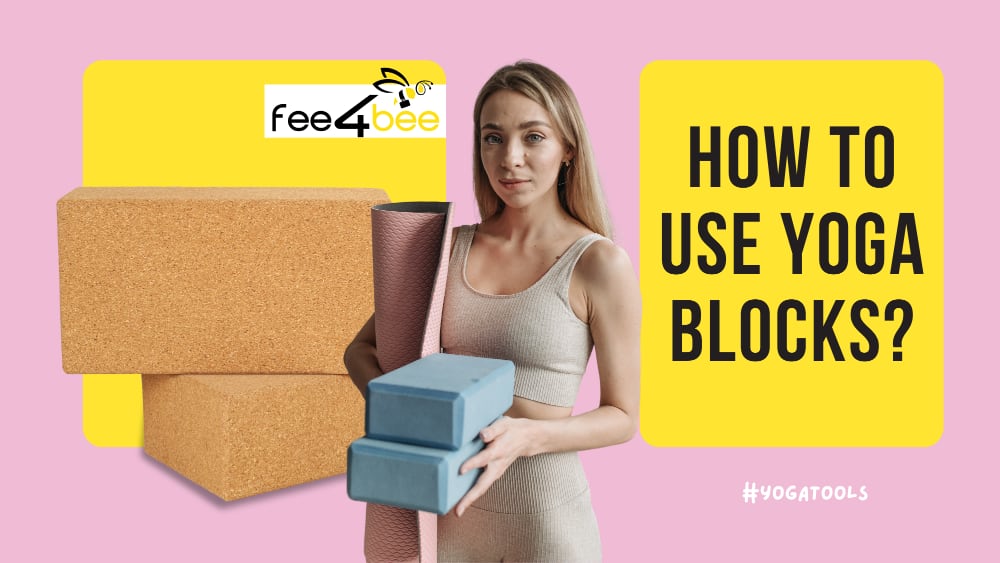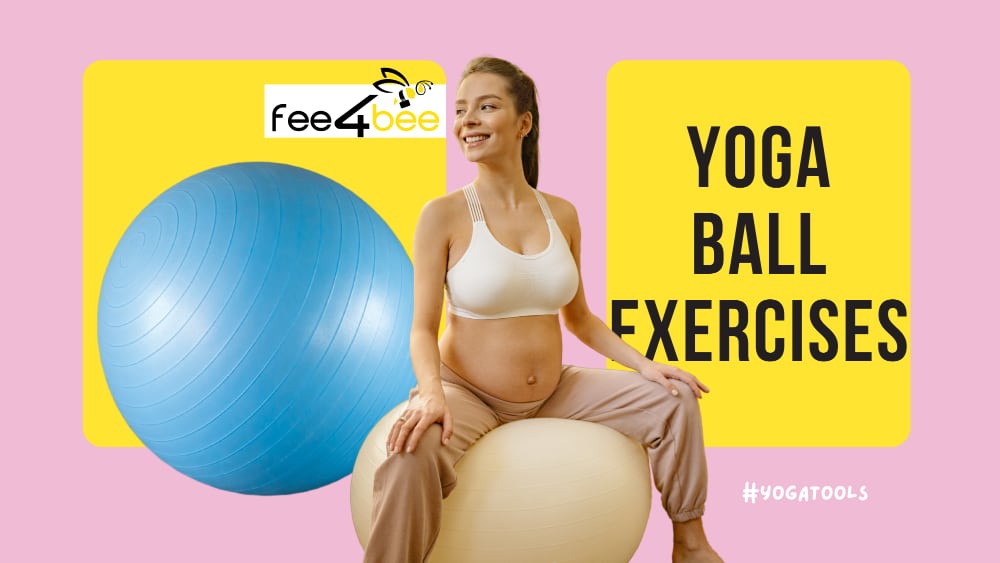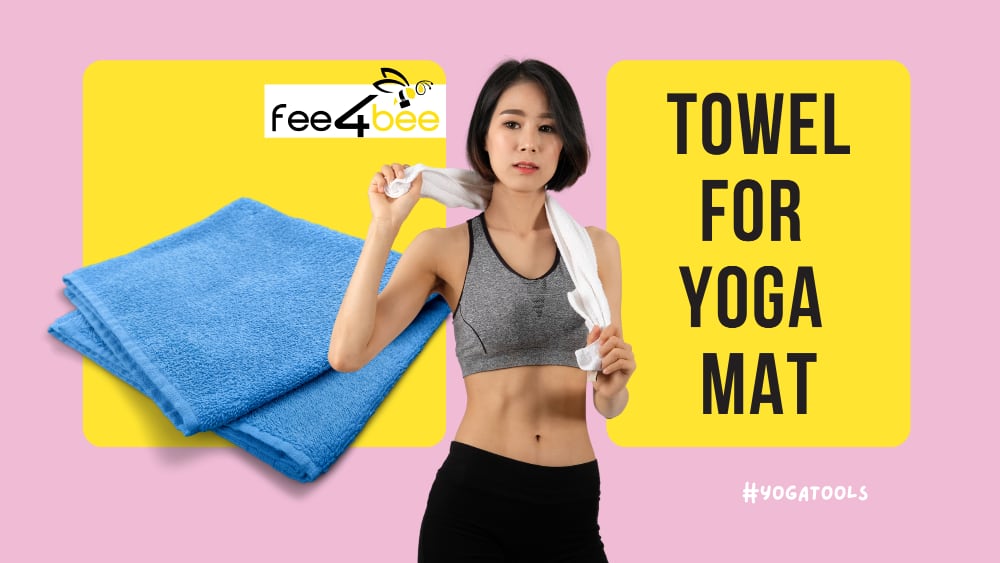- Winter Tasks
- Cleaning Services
- Moving Services
- Handyman
- Furniture Assembly
- Shopping and Delivery
- Office Services
- Commercial Cleaning
- Commercial Handyman
- Commercial Painting
- Conference Room Setup
- Office Housekeeping
- Office Movers
- Office Snack Delivery
- Office Supply Delivery
- Office Furniture Assembly
- Ergonomic Office Setup
- Office Setup & Organization
- Data Entry
- Proofreading services
- Office Administration
- Office Interior Design
- Business services
- Assembling IKEA furniture
- Assembling an IKEA kitchen
- IKEA dressing room assembly
- Assembling IKEA cabinets
- IKEA bathroom furniture assembly
- Assembling IKEA beds
- Assembling IKEA tables
- Assembly of IKEA seats
- Assembling IKEA sofas
- Assembling dressers IKEA
- Assembling IKEA racks
- Assembling IKEA pedestals
- Assembling children's furniture IKEA
- Assembling IKEA chairs
- Assembling other IKEA furniture
- Coaching
- Beauty and health services
- Domestic services
- Construction works
- Finishing work
- Services for animals
Yoga tools for beginners. From yoga block to yoga wheel - learn what gear you need
Yoga is a great practice for physical and mental health, and the right equipment can make your yoga session more comfortable, safe, and effective. To get the most out of each yoga session, it's important to have the right tools at hand such as yoga blocks or yoga wheel. In this article, we will discuss the different types of yoga equipment and how to use them effectively. By investing in the right yoga essentials for beginners and following proper usage, you can get the most out of your yoga practice and stay safe while doing so!
What equipment do you need for yoga?

If you’re practicing yoga at home, there are a few yoga must-haves you should have on hand. First and foremost, make sure that your space is comfortable and free from distractions. The right environment will make sure you don't get bored and keep going. And a variety of yoga stuff can help you with it. However, it is not necessary to spend too much on must-have yoga equipment at once. First, you need to understand which asanas you will practice. Ask your yoga instructor what yoga workout equipment you need first. Later on, you can purchase additional things needed for yoga like a wheel or ball to support your practice.
In this blog, we’ll consider the following yoga equipment list:
- yoga blocks,
- yoga belt,
- yoga ball,
- yoga wheel,
- mat towel.
What are yoga blocks used for?
Yoga blocks are rectangular-shaped foam blocks designed to help beginners find better form in certain poses by providing extra stability and balance when needed. This simple yet robust piece of yoga workout equipment helps to make difficult poses more accessible and safer. They also provide support for more easeful transitions between postures. To use yoga blocks, place them under your hands or feet during poses for extra support. You can also use a yoga block to deepen a pose by allowing you to reach farther than your body currently allows.
How to use yoga blocks?

When using a yoga block in poses like Downward Dog (Adho Mukha Svanasana), you can place your hands on the blocks for extra stability. In seated postures, such as Paschimottanasana (Seated Forward Bend) or Ardha Matsyendrasana (Half Lord of the Fishes Pose), you can either use one block to rest your legs on, or two blocks on either side of your body to help deepen into the pose. It's possible to make one block work, but it's better to have a set of this essential yoga equipment.
Stretching with a yoga belt
Another great piece of yoga equipment for beginners is a yoga belt strap. They come in various lengths 6', 8' and 10' and can be used to deepen poses, as well as assist with flexibility. The yoga straps with loops provide support in balancing postures like Tree Pose, help you open up tight areas such as the chest and shoulders, or aid in getting into deeper backbends. To use a yoga strap, simply loop the strap around your feet or hands and pull it gently to deepen the pose. You can also use the yoga straps for stretching exercises, such as leg or chest openers.
Yoga ball exercises

Yoga balls are great yoga exercise equipment for strengthening, stretching and balance exercises. They can be used to help strengthen core muscles as well as improve balance and coordination. When using a yoga ball, it's important to keep your body aligned and your core engaged. They can also be used to perform stretches or massage tight areas of the body for deeper relaxation. You can even use them for seated poses like Forward Fold, Cobra Pose, or Child’s Pose.
When performing yoga ball core exercises t is essential that your yoga ball suits you in size. Consider your height when choosing what size yoga ball you need.
| Person’s height | Ball size |
|---|---|
| 150 - 155 cm | 45 cm |
| 156 - 175 cm | 55 cm |
| 176 - 188 cm | 65 cm |
| 190 or more | 75 cm |
How to use a yoga wheel?

Yoga wheels are excellent tools for yoga, as they provide support and help maintain proper alignment. A yoga wheel uses for stretches of the neck and shoulders and other areas like the chest or hamstrings. Yoga wheel exercises for beginners include bridge pose, cobra pose, locust pose, and reclining hero's pose. To feel the yoga wheel benefits, start by lying on your back with the middle of the wheel in-line with your spine. Lift your hips off the ground using the support of the wheel for stability and reach your arms overhead to deepen the stretch.
When picking a yoga wheel, it’s important to consider the size and material. Most wheels range from 13” to 15” in diameter, so choose one that best fits your body type and the poses you plan to practice. It's also important to make sure the wheel is made of high-quality materials that are non-slip and provide support. The last thing you want is to have your wheel slipping out of position while you’re in a pose, potentially causing injury.
Towel for yoga mat

This is a towel that will be used to cover your mat. The best one would be the exact size of your yoga mat. Keep in mind that a towel will help keep your mat from slipping during yoga or sweaty practices. A towel that is too thick can make it harder to stand on. Mat towels can be a great way to keep your mat clean and dry. This is ideal if you don’t wash the yoga mat each time you use it, or borrow or rent a mat.
Other trivias you may need for yoga
Having the right tools for your yoga practice can make a big difference in your overall experience. Small items such as a mat carrier, or a good water bottle are essential if you plan on taking your practice on the studio or just outside.
Considering what else you need for yoga class consider thinking of convenience. A mat carrier or bag is an ideal accessory to have with you when going to class, as it makes transporting your mat much more easy. Look for one that is lightweight and designed with adjustable straps, so you can carry it hands-free. A gym bag typically doesn’t suit for a mat, so look for a specifically designed carrier. They come in various sizes and styles, from large backpacks to simple sling bags.
A good water bottle is essential for hydrating during your practice session or class. Look for one that is BPA-free and has an easy-to-use opening on the top. Insulated bottles are great for keeping your drinks cool for longer periods of time.
Finally, don't forget about a small scrunchy! A scrunchy can help keep your hair out of your face while you practice, allowing you to get into poses without distraction. It also helps keep sweat off your neck and forehead during hot classes
Having these small but important items can make all the difference when preparing for class and help maximize your practice time. With the right tools, you can get shifted into the right mindset quicker and focus more effectively on each pose with fewer distractions. So don’t forget
In conclusion, investing in the right equipment for yoga classes can be a great way to take your practice to the next level and make sure you stay safe while doing so. Whether it’s blocks, belts or balls – each tool has its own unique benefits and can help enhance your yoga journey. So start exploring today!